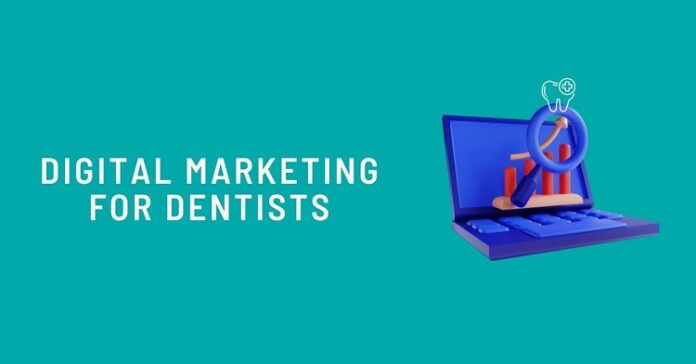It is safe to say that, for many dental clinics, the market of attracting patients and keeping them is tough! In today’s competitive dental market, understanding the needs and preferences of your target audience is crucial for the success of your practice.
As such, regularly conducting effective marketing research can provide valuable insights that enable dental clinics to make informed decisions and develop strategic marketing campaigns. In fact, in 2023, it is almost a requirement to stay at the top of your dental clinic’s game, as well as ensure that you stay at the top of search engines like Google.
So, how do you do this? This article presents five essential and simple-to-follow tips to help dental clinics conduct impactful marketing research.
Table of Contents
Define clear objectives
Before embarking on any marketing research initiative, dental clinics must establish clear objectives. Clearly defining what they aim to achieve through the research can help focus efforts and ensure that the collected data is relevant and actionable to their dental marketing going forward. Objectives may include understanding patient preferences, evaluating the effectiveness of current marketing campaigns, identifying new market segments, or assessing customer satisfaction levels. By setting precise goals, dental clinics can tailor their research methodologies accordingly and maximise the value of their findings.
It is also crucial to understand exactly what it is that your dental clinic can offer to patients that will help you stand apart from other clinics. For instance, if you can deliver a wide range of treatments to help patients with dental anxiety, this could be an area to focus on with your marketing efforts and highlight in your blogs and other online publications.
Choose appropriate research methods
Selecting the right research methods is essential to gather accurate and relevant data. Dental clinics and/or the marketing teams that they hire can employ various techniques, such as surveys, interviews, focus groups, and observational studies. Both online and offline surveys can provide quantitative data on patient demographics, preferences, and satisfaction levels. Interviews and focus groups offer qualitative insights by allowing patients to express their opinions, expectations, and experiences in depth. Additionally, social media monitoring and online analytics tools can provide valuable information about patient sentiment and behaviour. By combining multiple research methods, dental clinics can gain a comprehensive understanding of their target audience.
Just make sure you are actively engaging in this area; trends change quickly, and so do patient preferences; so be sure to use marketing research methods regularly to help your clinic stay relevant.
Target the right audience
To obtain meaningful insights, dental clinics must ensure their research efforts target the right audience. Try to identify the specific demographic groups or patient segments that are most relevant to the practice. For example, if the dental clinic specialises in paediatric dentistry, focus the research on parents or caregivers. Additionally, consider factors such as geographic location, income levels, and dental insurance coverage. Targeted sampling techniques, such as random sampling or stratified sampling, can ensure representative data. By focusing on the appropriate audience, dental clinics can obtain insights that directly impact their marketing strategies and patient outreach efforts.
Analyse and interpret data effectively
Collecting data is only the first step; analysing and interpreting the findings is equally critical in order to get what you need from it! Dental clinics should employ suitable data analysis techniques, such as statistical analysis or content analysis, depending on the nature of the data collected. Quantitative data from surveys can be analysed using statistical software to identify trends, correlations, and statistical significance. Qualitative data from interviews or focus groups can be analysed thematically to uncover recurring themes and patterns. It is essential to extract actionable insights from the data and translate them into marketing strategies that address patient needs and expectations effectively. If this all sounds like too much effort, rest assured that there are trained marketing teams who can help and will be happy to oversee this for you.
Regularly evaluate and update research efforts
Marketing research is an ongoing process, and dental clinics should continuously evaluate and update their research efforts. Monitor the market landscape, industry trends, and changes in patient preferences to ensure research remains relevant. Implement regular feedback mechanisms, such as patient satisfaction surveys or post-treatment questionnaires, to gather continuous feedback. Stay informed about new research methodologies, data collection tools, and analytical techniques to enhance the quality and effectiveness of future research endeavours. By maintaining a proactive approach to research, dental clinics can adapt to changing market dynamics and improve their marketing strategies continuously.








